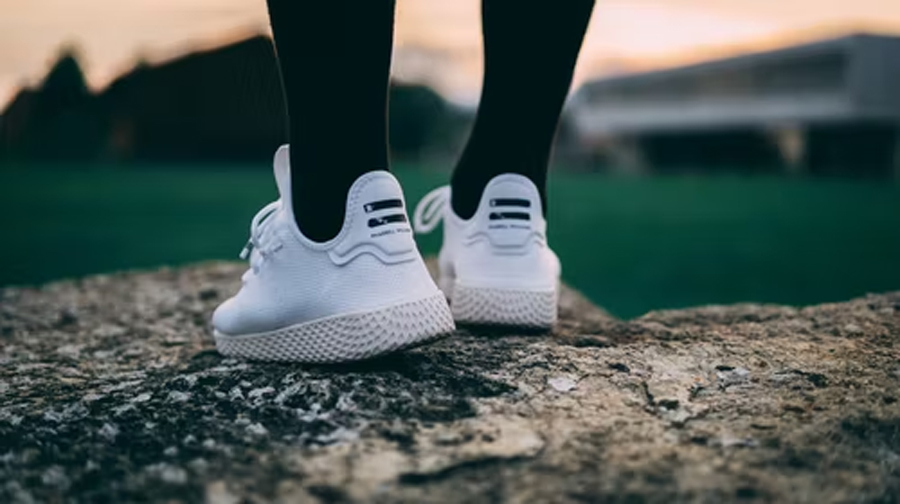 Compression socks help improve your blood flow, keep you comfortable, and relieve pain. They are an excellent investment that will help you, especially when standing for too long or you need to move around but have leg, ankle, or knee pain.
Compression socks help improve your blood flow, keep you comfortable, and relieve pain. They are an excellent investment that will help you, especially when standing for too long or you need to move around but have leg, ankle, or knee pain.
These socks are specifically designed to have a snug fit and stretch while giving a gentle squeeze to your leg. In addition, they come in different sizes and strengths to help cater to your specific needs. So, your doctor will recommend a good option for you to try.
However, if you want to invest in compression socks without relying on your doctor, there are a few things to consider. Here’s a brief breakdown of choosing and using compression socks to relieve pain.
Pay Attention to the Compression Pressure
Compression socks come with different intensities in terms of the pressure they apply on your leg. Paying attention to the pressure is essential to avoid causing any further damage to your leg pain.
Your compression socks will have a label that indicates the pressure in terms of (mmHg) which stands for millimeters of mercury. This unit of pressure will be a good indicator of how tight your compression socks will be.
The different compression pressures include;
- 15-20 mmHg: Compression socks with this pressure are great for daily use and recovery from sports soreness or injury. You can find them over the counter and not worry about aggravating your leg’s pain. In addition, these compression socks help improve blood flow without being too tight.
- 20-30 mmHg: Wearing these compression socks helps with conditions like swelling, varicose, and spider veins. They are also ideal for medical recoveries like surgery and sports injuries. However, if the 15-20 mmHg compression socks don’t offer adequate support, you can try this option.
- 30-40 mmHg: Compression socks with this pressure are more suitable for advanced medical conditions. For example, this is the best option to invest in if you deal with blood clots (DVT), severe varicose veins, and swelling.
Invest in the Right Type of Compression Socks
Compression socks come in 3 types, including;
- Graduated compression socks: With graduated compression socks, the pressure strongly applies at the ankle and eases as it goes up the leg. As a result, they are an excellent option for increased mobility and better blood flow.
- Anti-embolism socks: These types of compression socks are mainly preferred for individuals who are not mobile. In addition, the anti-embolism socks are designed to reduce the possibility of deep vein thrombosis.
- Non-medical support socks: The non-medical support compression socks are your everyday wear options to help relieve tired and aching legs. The compression in these socks is uniform allowing you to depend on them when needed.
Check Your Compression Socks’ Material
Compression socks come in different materials to give you various choices. The material you choose will depend on what your primary goal is. For example, if you want something fashionable that offers some support, sheer compression socks are a good option.
Sheer fabrics offer a fashionable option for women to style their compression socks easily and not feel out of place. But, this material is not a great option, especially if you need more support. In addition, your compression socks will not be long-lasting.
Materials like wool and cotton are the best option for more support to deal with conditions like varicose veins, swelling, and spider veins. Investing in women’s compression socks that will offer adequate support and relieve your pain is the best option.
So, consider your goal with compression socks to ensure you choose a material that will help meet that.
Use Your Compression Socks the Right Way
Every-day-wear compression socks are not complicated. All you need is to ensure you smooth out the socks to maximize the compression benefits. Don’t roll your socks to avoid making them too tight and ending up with blood flow problems.
If you are wearing compression socks for conditions like swelling and varicose veins, you’ll need help from your doctor. They will help show you how to wear them and give you the best fit. In addition, you’ll get a clear understanding of how long you should have your compression socks on.

